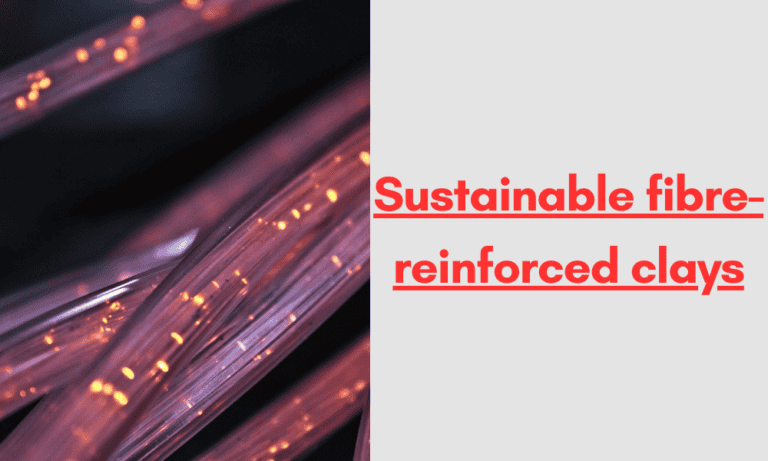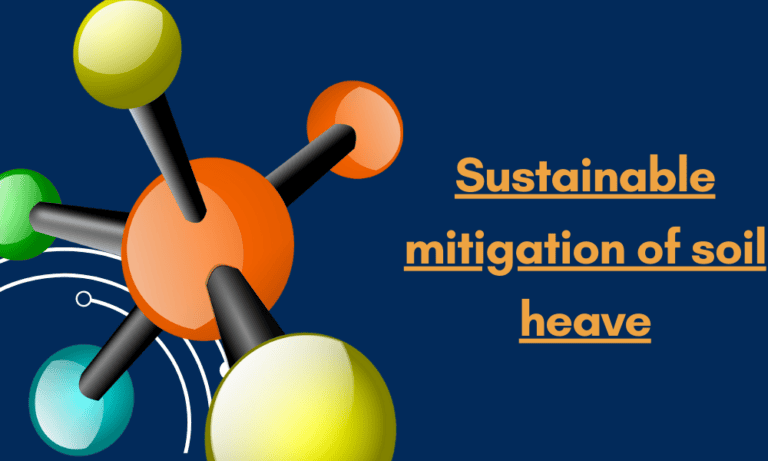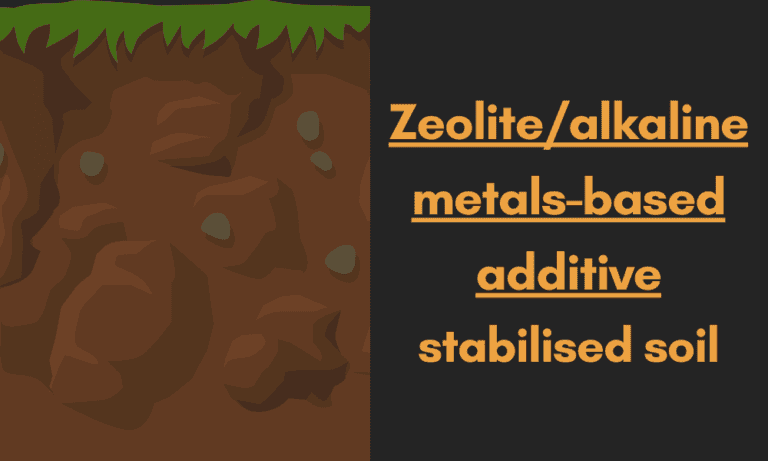Explainable Machine Learning for Autonomous Vehicle Positioning Using SHAP
Despite recent advancements in Autonomous Vehicle (AV) technology, safety remains a significant challenge for commercialization and development. The navigation system is crucial for AV safety, with road localization relying on accurate Global Navigation Satellite System (GNSS) positioning. However, GNSS may experience signal loss in urban environments. We previously proposed the Wheel Odometry Neural Network (WhONet)…





